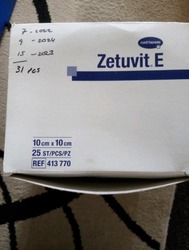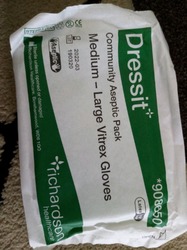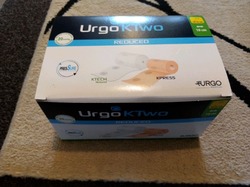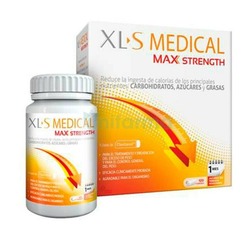Camden, North West London
Experience the convenience and reliability of purchasing from Drugssquare Pharmacy. With our competitive prices, secure packaging, and...
Ipswich, Suffolk
About this item Womens ankle boot with microfiber upper A womens dress ankle bootie with memory foam cool fit insole for comfortable fit...


Ipswich, Suffolk
About this item NEXT LEVEL PERFORMANCE - Elbow sleeves that improve performance and take your workouts and to the next level - by...


Catterick, North Yorkshire
31 individual Zetuvit E dressing pads, various use by dates shown on photos. Cash on collection.
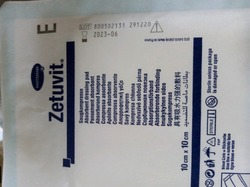
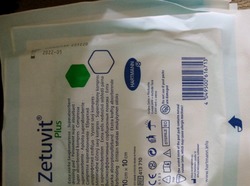
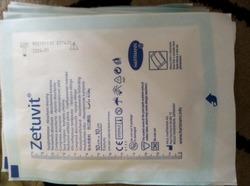
Catterick, North Yorkshire
50 individual Dressit Community Aseptic Dressing Packs contains gloves, apron, towel, bag, swabs and a dressing pad, various use by...
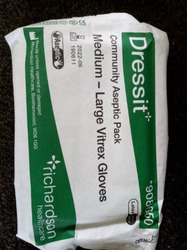
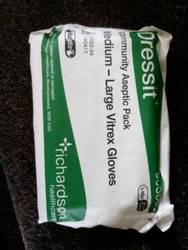
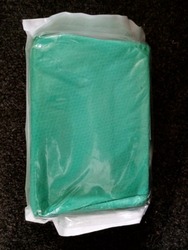
Catterick, North Yorkshire
21 x boxes Urgo K Two bandages. 30 x bandages. Use by dates shown in photos. Cash on collection.
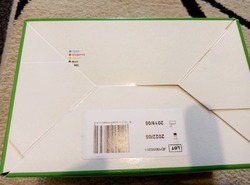
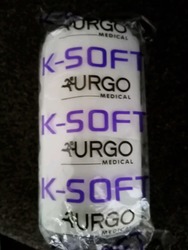
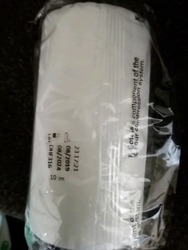
Twickenham, West London
XLS Medical Max Strength Tablets 120 (1 Month Supply). Condition is New. Dispatched with Royal Mail Signed For® 2nd Class.
Popular Locations
- Medical Equipment & Supplies in City of London
- Medical Equipment & Supplies in Birmingham
- Medical Equipment & Supplies in Glasgow
- Medical Equipment & Supplies in Manchester
- Medical Equipment & Supplies in Edinburgh
- Medical Equipment & Supplies in Bristol
- Medical Equipment & Supplies in Leicester
- Medical Equipment & Supplies in Leeds
- Medical Equipment & Supplies in Southampton
- Medical Equipment & Supplies in Bradford
- Medical Equipment & Supplies in Nottingham
- Medical Equipment & Supplies in Liverpool
- Medical Equipment & Supplies in Belfast
- Medical Equipment & Supplies in Sheffield
- Medical Equipment & Supplies in Harrow
- Medical Equipment & Supplies in Coventry




